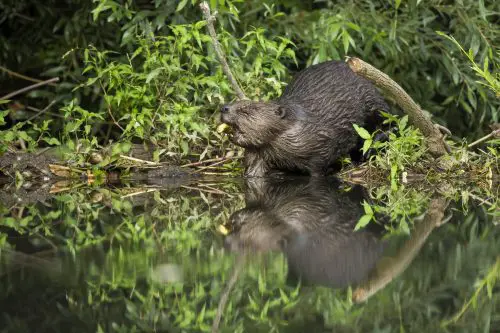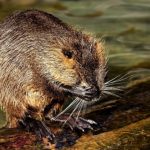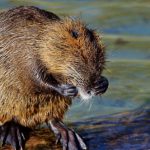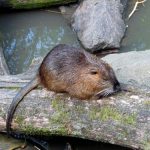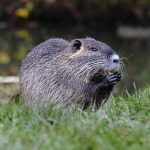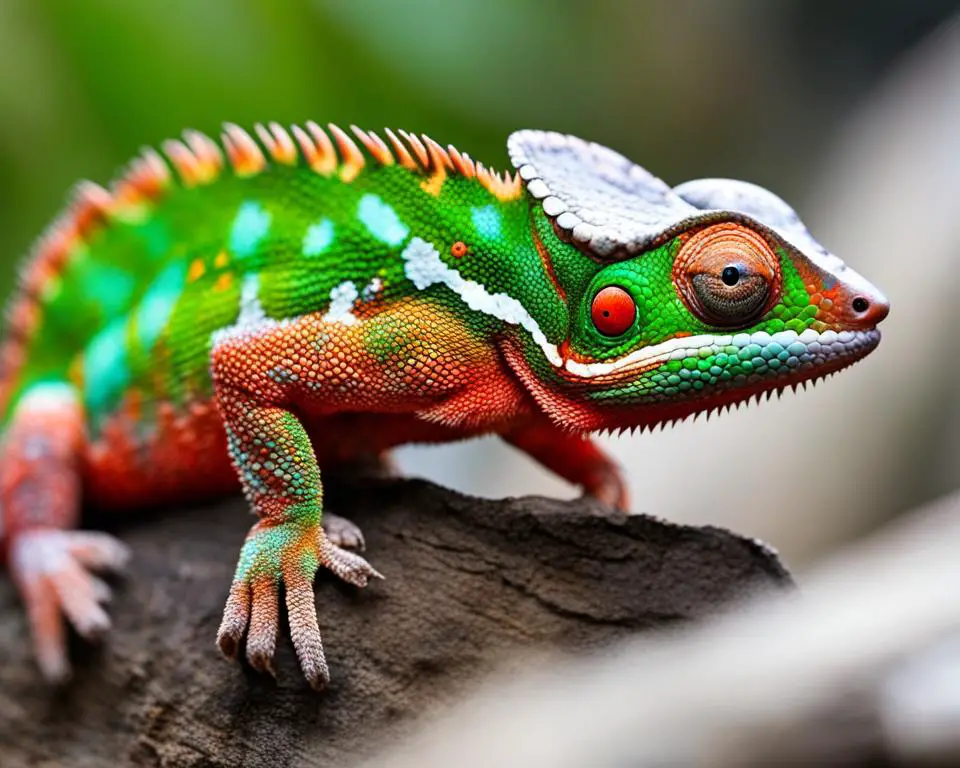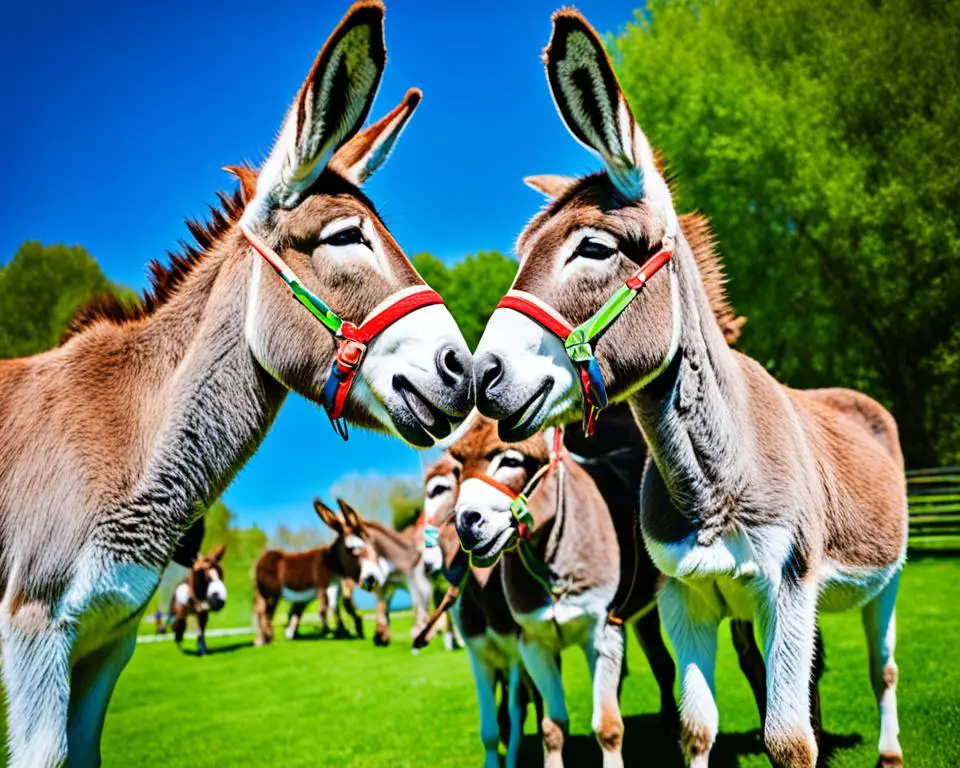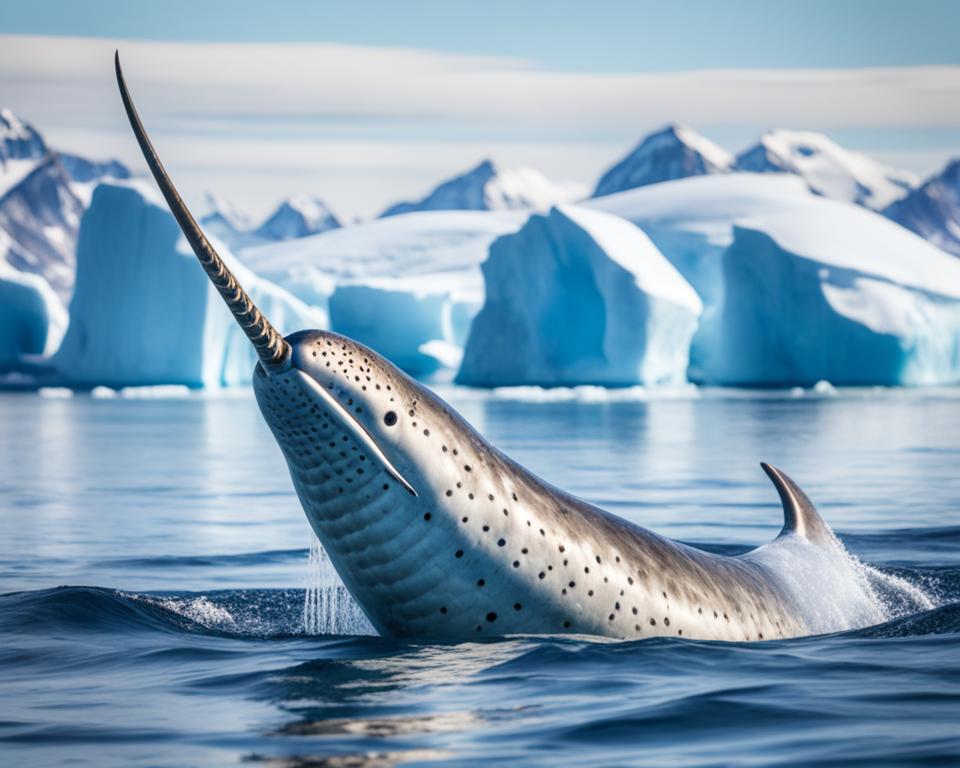Beavers are semi-aquatic herbivorous creatures. They’re recognized for their dam-building proclivity. These dams keep them safe from predators, but the repercussions of construction of dams and tree destruction can bring them into conflict with humans on occasion.
Beavers possess thick hair, webbed feet, and flattened tails covered in scales. They are well-known for breaking trees with their massive teeth and jaws to build homes and dams. Beavers can’t climb trees, so they have to chew their way around the trunks to collect the branches they need for their lodges. This is because their bodies have not been genetically modified to climb trees. They also avoid back gardens unless the property is close to a pond, river, lake, or stream, or if the area is densely forested.
Are Beavers Good at Climbing?
Beavers are rodents, and rodents are known for their ability to climb. Mice and groundhogs are expert climbers who can scale trees, walls, and fences. Beavers, on the other hand, are an entirely different story. While beavers can perform a lot of things, climbing and jumping aren’t among them.
Beavers, as you may have guessed, are not good climbers. Beavers are great in the water, but not so much on land. This explains why they can’t climb as well as other rodents. Because their back legs are so little, they don’t get much speed out of them and have poor vision.
Because beavers have poor vision, it is difficult for them to plan their next move while ascending. They can’t see quite far ahead to understand where to grab for the optimum climbing technique.
How Do Beavers Climb?
A beaver will not climb a tree or a fence, but that does not rule out the possibility of them doing so. Beavers may get what they need by climbing short distances and only a few feet above the ground. The main reason you’ll see a beaver climbing is to get to a plant that it wants to eat.
A beaver could be seen in ascending stairwells, ladders, or even drainage openings in this situation. Beavers can also get what they want by climbing small mounds. A beaver could be able to work its way to the top of a pile of wood, bricks, or rubbish.
Do Beavers Go In Trees?
I believe it is reasonable to assume that everyone is aware that beavers live in water and only leave it to forage on land or sleep in a lodge. While they feed both marine and riparian herbaceous plants, they rely heavily on the bark and twigs of trees, particularly poplars, for much of the year, especially in winter.
Beavers aren’t the only ones who enjoy poplar. Another rat species that consumes poplar bark, twigs, and opening leaves are found in the rodent family. Porcupines eat woody plants and, like beavers, have a lengthy digestive pouch filled with bacteria that helps them digest cellulose. Porcupines, unlike beavers, do not cut down trees to get food. They use their amazing climbing gear, which includes large claws and rough-skinned feet, to scale trees.
Porcupines are easy to see right now since they sleep in trees during the day (their black bodies absorbing up solar energy) and there are no leaves on the trees. They sleep in dens in rock caverns or hollow trees at other times, venturing out to forage at night.
Are Trees a Potential Solution to Prevent Beavers from Plugging Culverts?
Trees could potentially serve as a solution for beaver-proofing culverts. Planting certain species strategically around culverts can create a natural barrier that deters beavers from building their dams. By preventing beaver activity, trees can help keep culverts clear and functioning properly, mitigating potential flooding and infrastructure damage.
Do Beavers Climb Fences?
No, beavers are not able to climb the fences. The anatomy of the beaver’s rear legs prohibits it from jumping and climbing the fences, as previously stated. However, this critter’s lack of legs isn’t the only reason they don’t climb or jump.
If you examine a beaver’s body, you’ll see that most of its weight is concentrated near the bottom. They are particularly bottom-heavy, making climbing a tree or a fence difficult. Beavers aren’t light either, weighing between 24 and 70 pounds on average. The bottom end of their body carries a majority of the weight.
The upper body of a beaver isn’t strong enough to carry its lower body for long periods. These creatures aren’t interested in exerting much effort in their movements.

